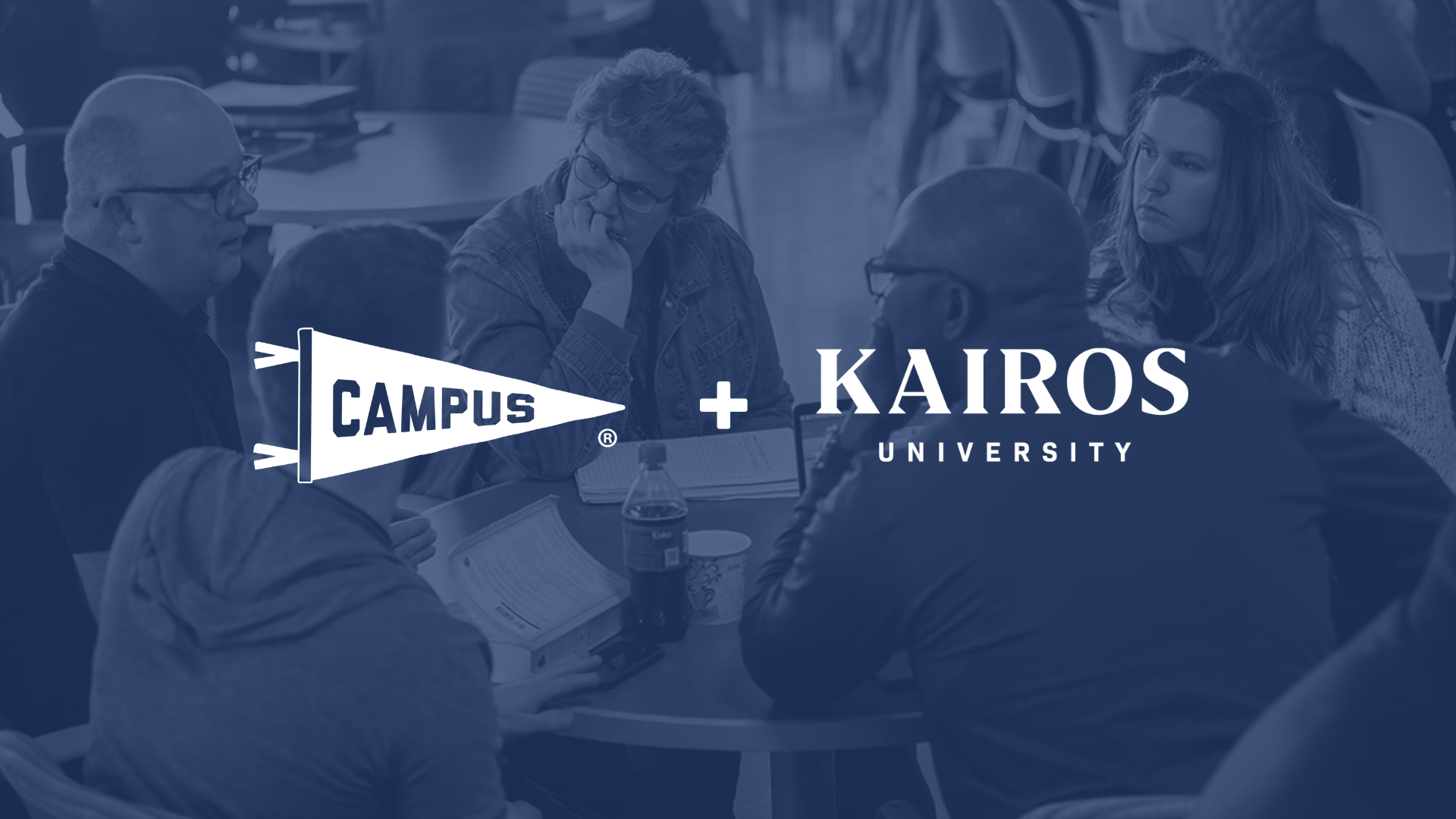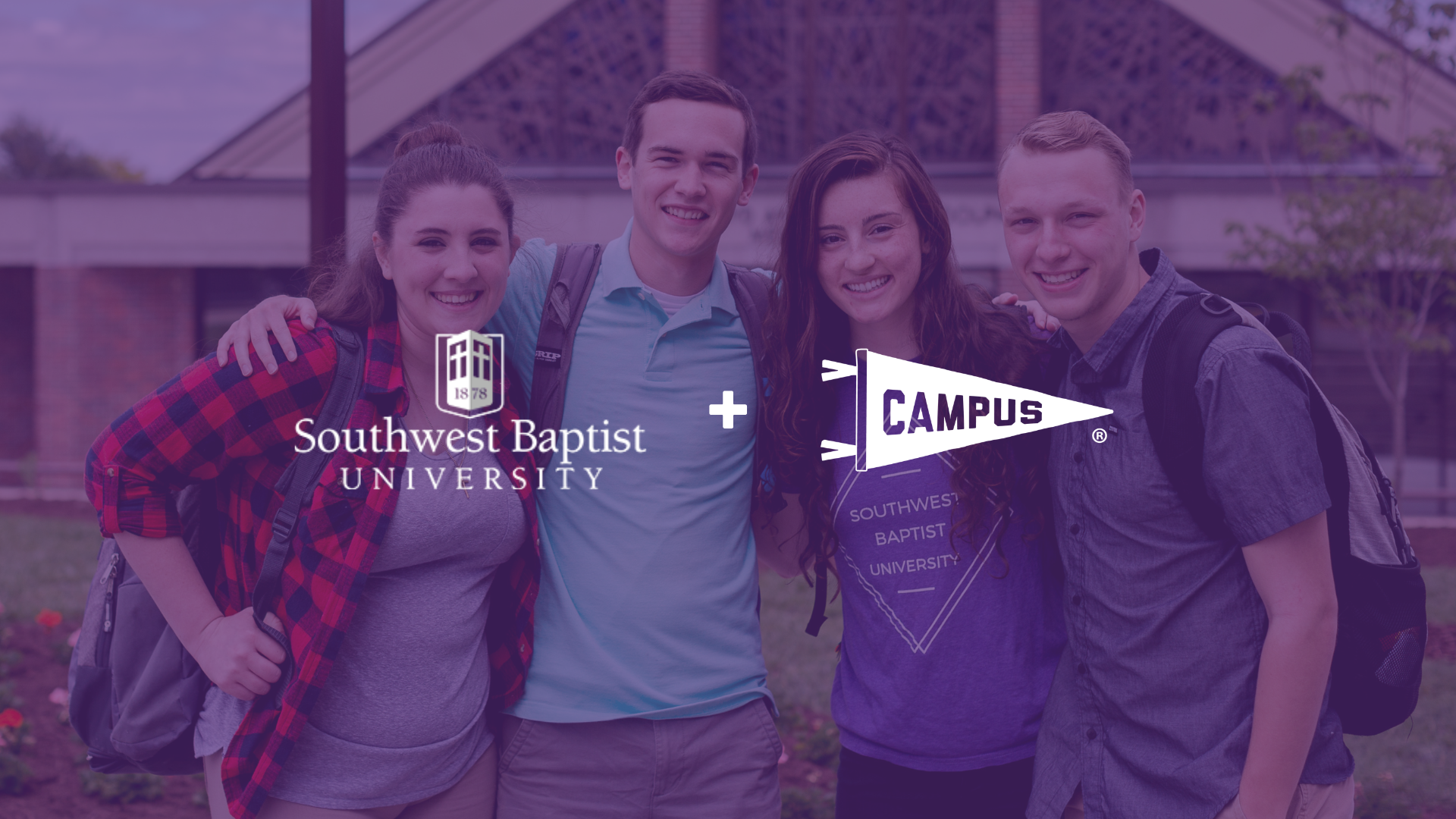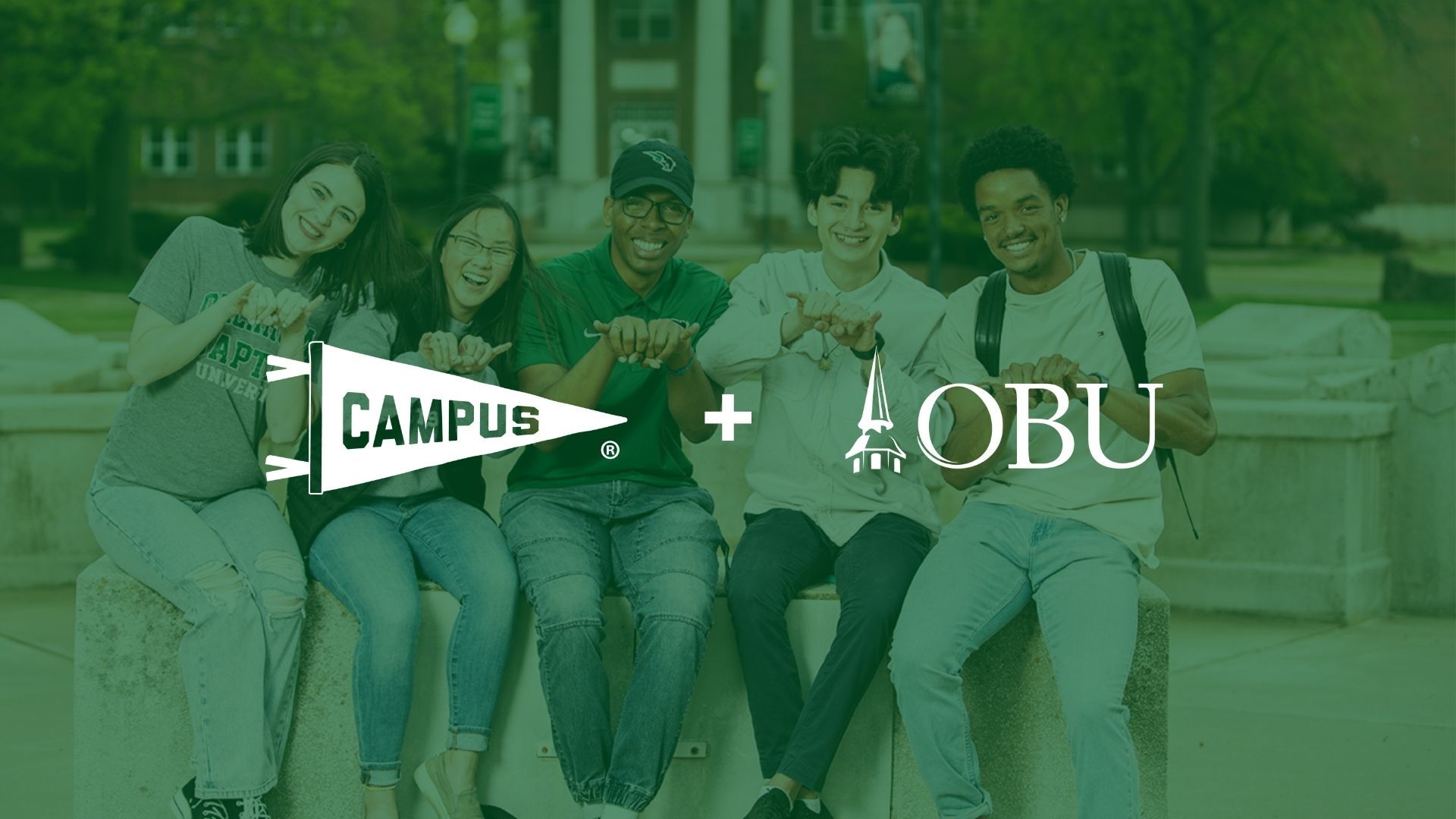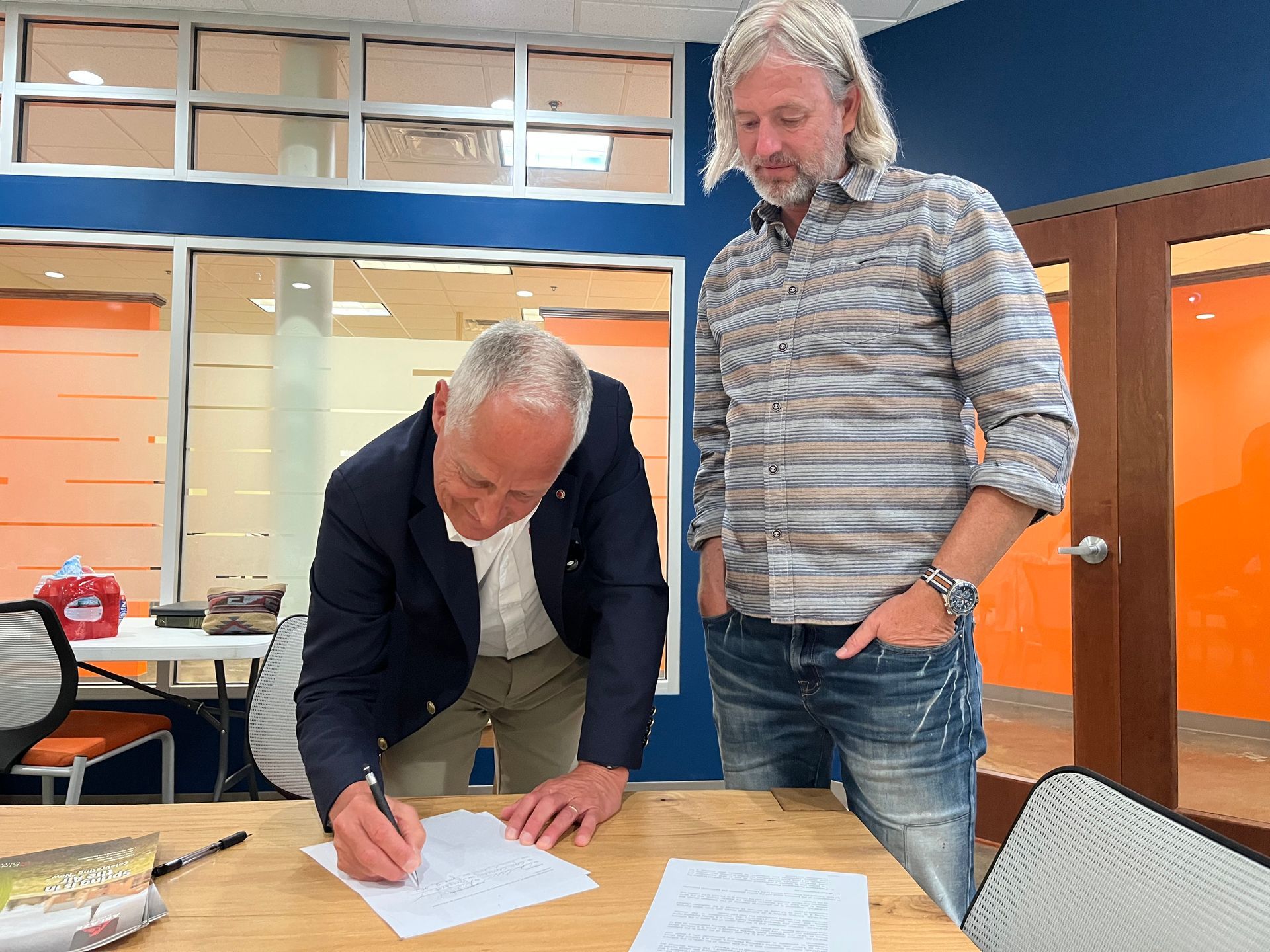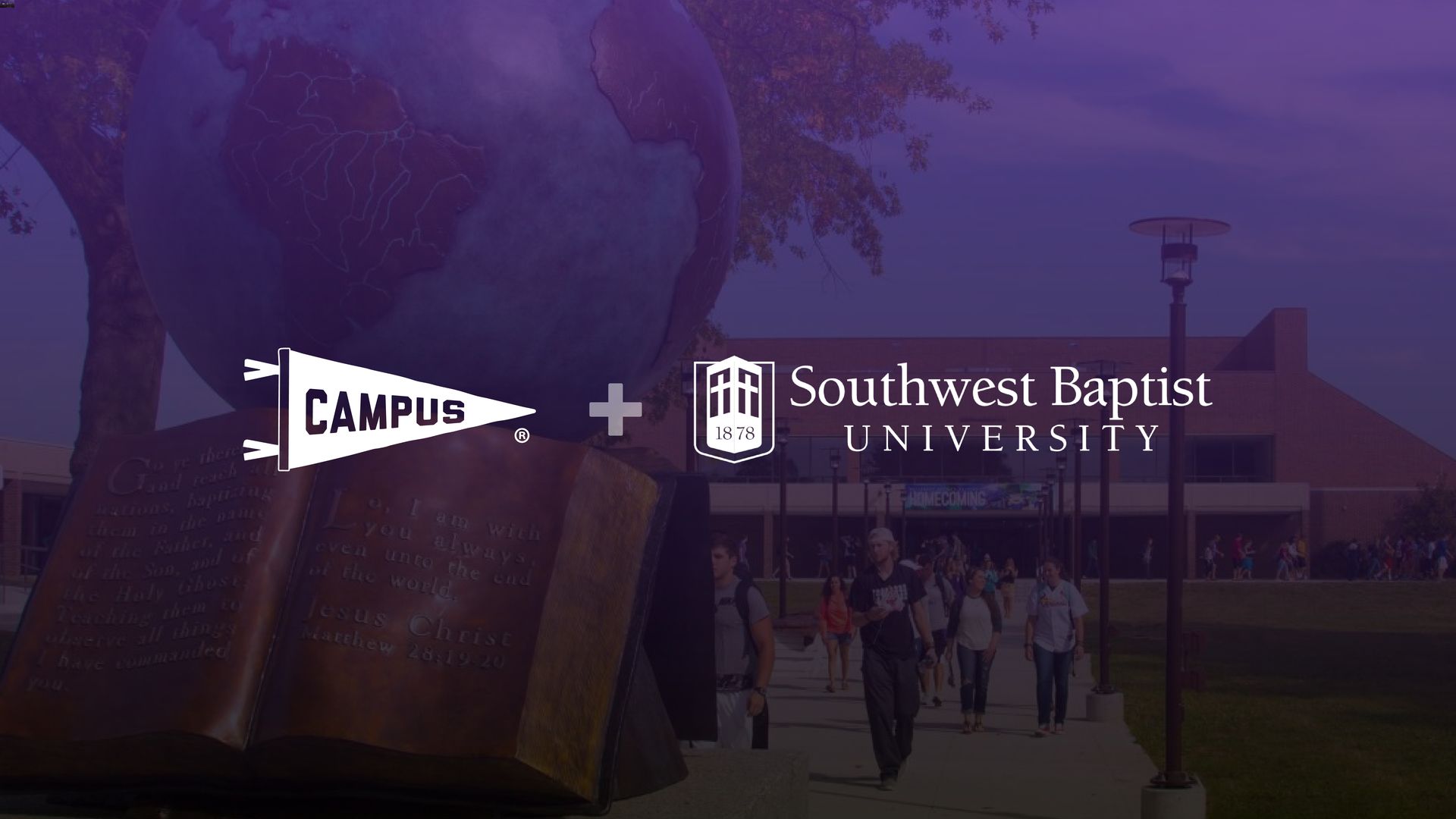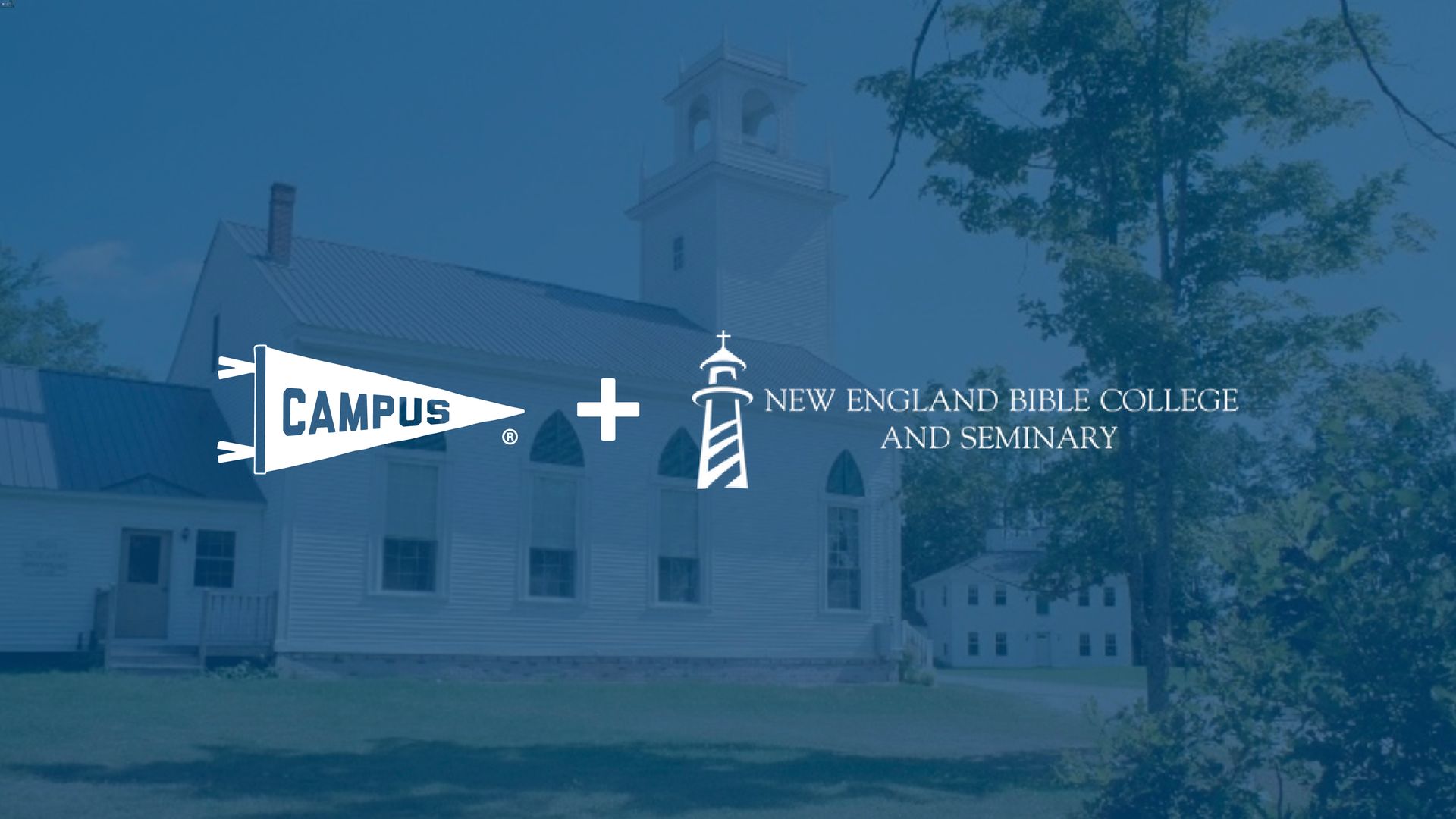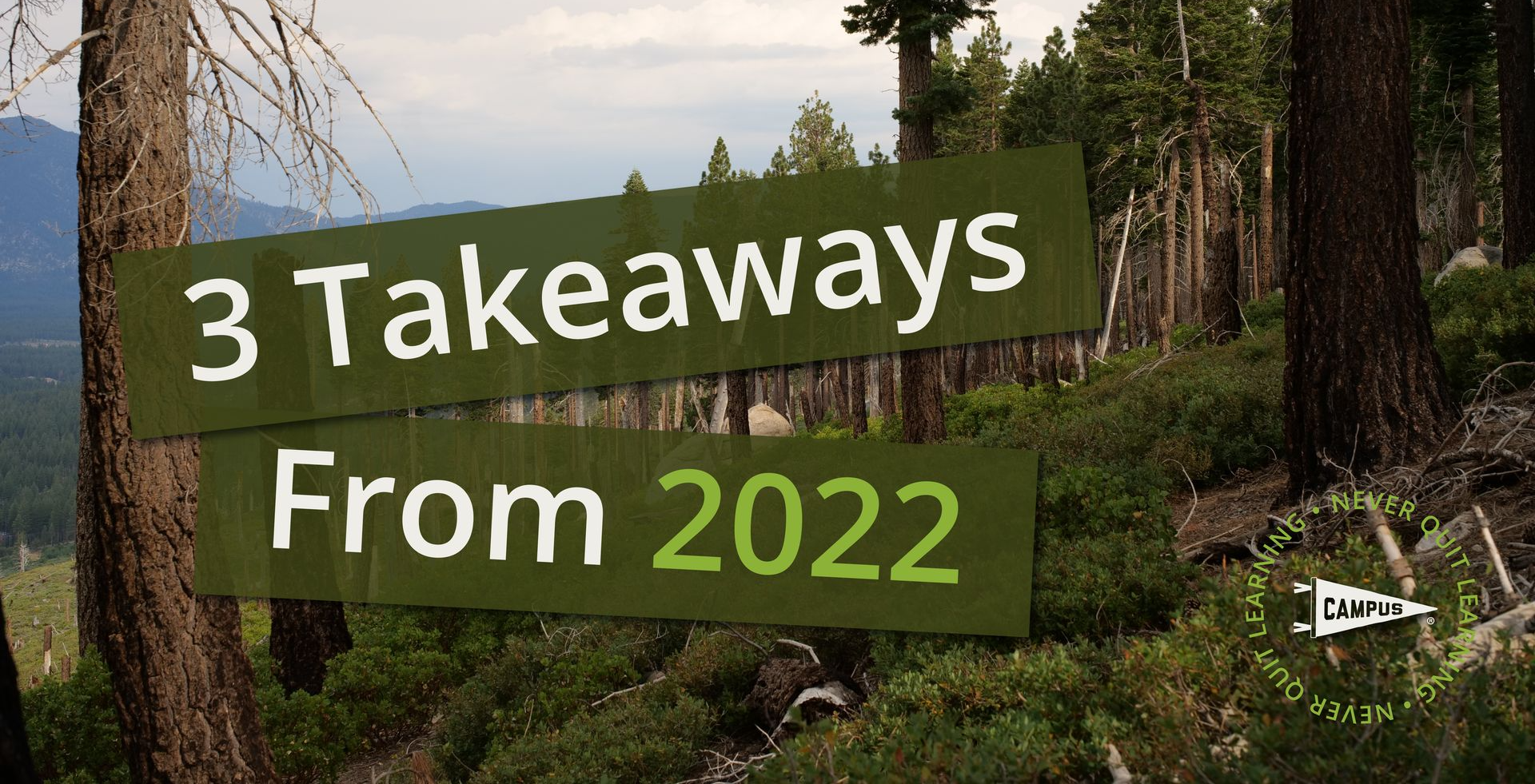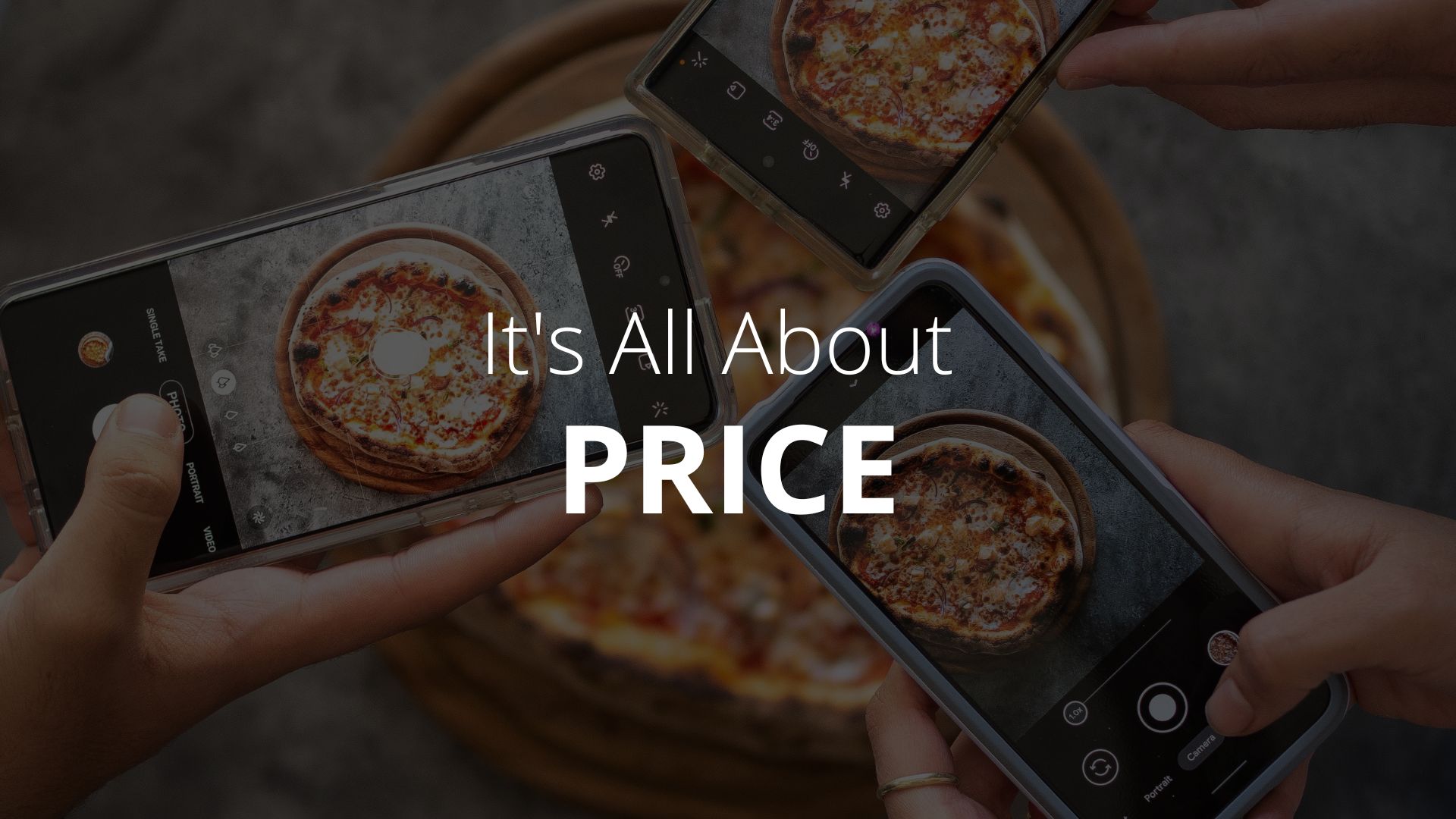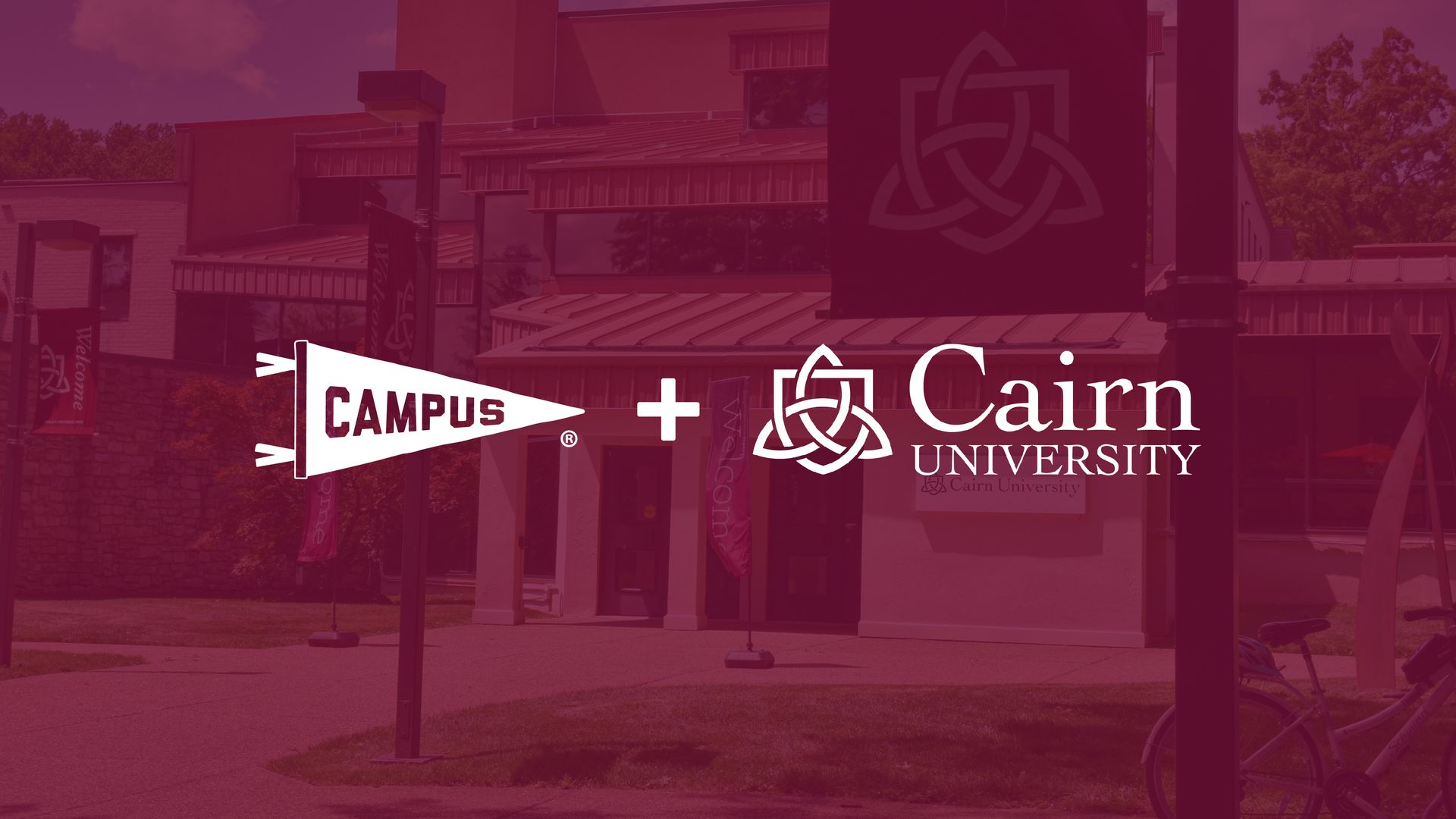The Platform Approach: Part 2
Erin Crisp
June 7, 2021

This is the part 2 of our white paper on the platform approach to higher education. If you haven't read part 1, go back and start there!
More Demand
Demand for high-quality educational experiences that are affordable and accessible continues to increase, year-over-year in the United States and around the world. This demand is driven by a VUCA world where every working-age adult experiences the need for continuous learning. While some predict the disintegration of formal educational experiences in favor of free learning experiences like the no-pay MBA or MOOCs, others promote a future where formal education is available across a lifetime of career and location changes. In our current reality where people will change careers an average of >15 times in a lifetime, better methods of preparing for the next step will only increase in value. To that end, Gartner and HolonIQ predict billions of dollars in spending related to educational technology in the next five years. It is a crucial high-growth sector.
Learners and employers need better ways to understand the skills and knowledge that employees have gained. The simple litmus test of the bachelors degree is not enough. Education needs to happen throughout a person’s lifetime which has created greater demand for efficient, effective, and appealing learning experiences that can be validated and shared with the world at the learner’s discretion.
For people desiring faith-based education, this is especially true. An increasing number of families are choosing to homeschool, and an increasing number of families would choose a Christian private school if it were affordable and available. Globally, enrollment in Christian schools continues to increase as well. Increased demand is the first ingredient needed for the inception of this two-sided network for education.
More Providers
As the demand for formal education and training increases there is a shortage of teachers at the K-12 level. At the college level, there are faculty shortages as well but mostly in high-demand career areas like computer science and web development.
Highly-skilled educators have years of training and experience to design and deliver education effectively.
Instructional designers are increasingly employed at the postsecondary level to partner with faculty to design online courses. The next ingredient in the creation of a platform that serves a two-sided network for education is increasing the number of qualified providers of education. Just like Adobe and Microsoft put graphic design tools into the hands of every computer user,
the platform for this two-sided network puts learning design tools into the hands of anyone with the inclination to teach.
Tools alone are not enough to create a successful network. For a thriving network, each user’s imprint on the ecosystem needs to contribute to the experiences of future users. Both learners and educators leave traces of data that are ingested to guide future experiences. On the Uber platform, both rider and driver data are captured to inform future ride pairings. On Airbnb’s platform, both host and guest data are captured to inform future bookings.
Providers of education on the Campus platform will gain prestige and visibility through positive learner interactions, and learners on the Campus platform will similarly be rewarded for demonstrating a growth mindset, creativity, collaboration, spiritual formation, and professionalism. In the Campus ecosystem, everyone could be a provider and a consumer of education because everyone has something to teach and everyone has something to learn.
(PART 3 COMING SOON!)
The Campus Blog
